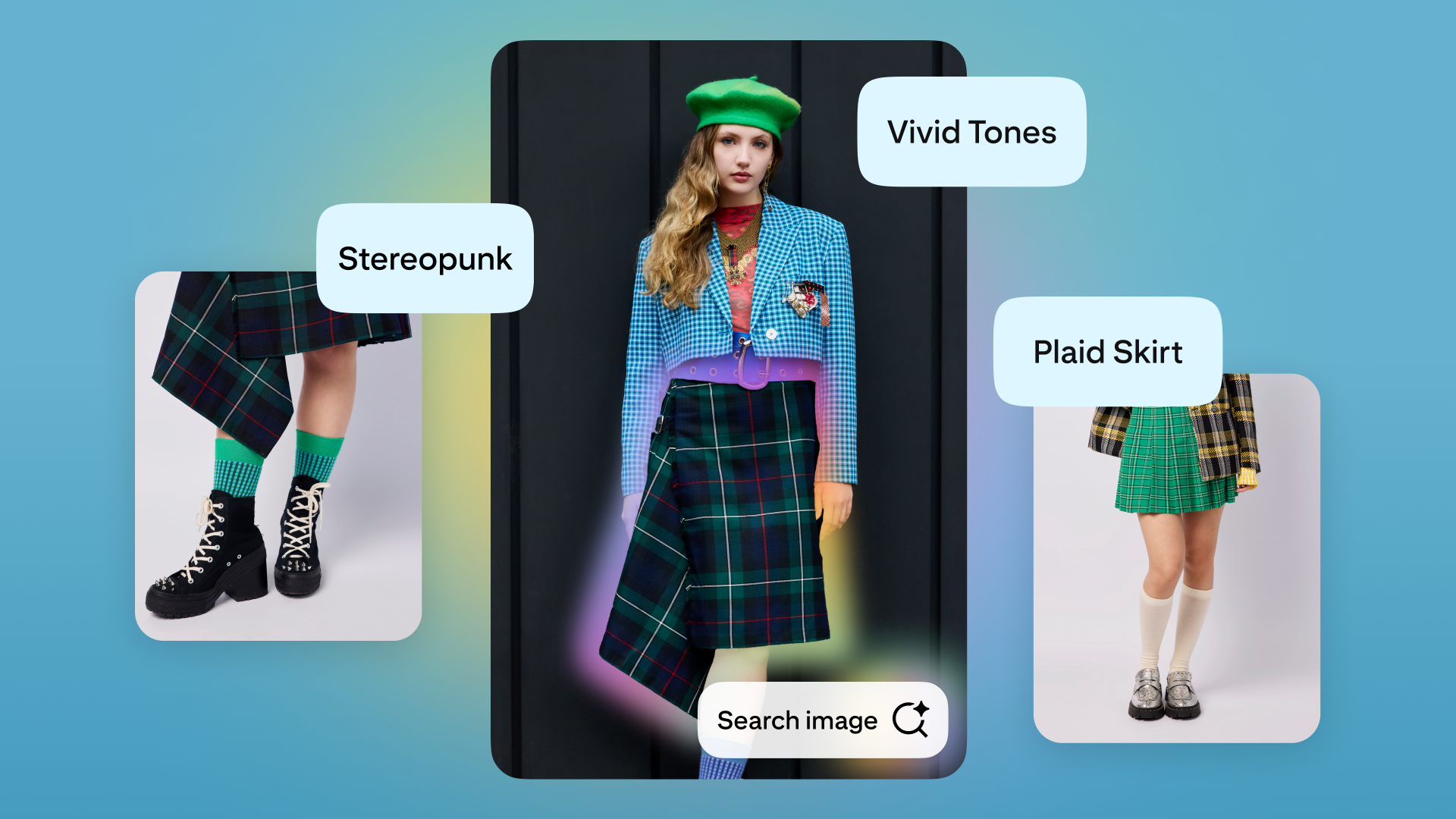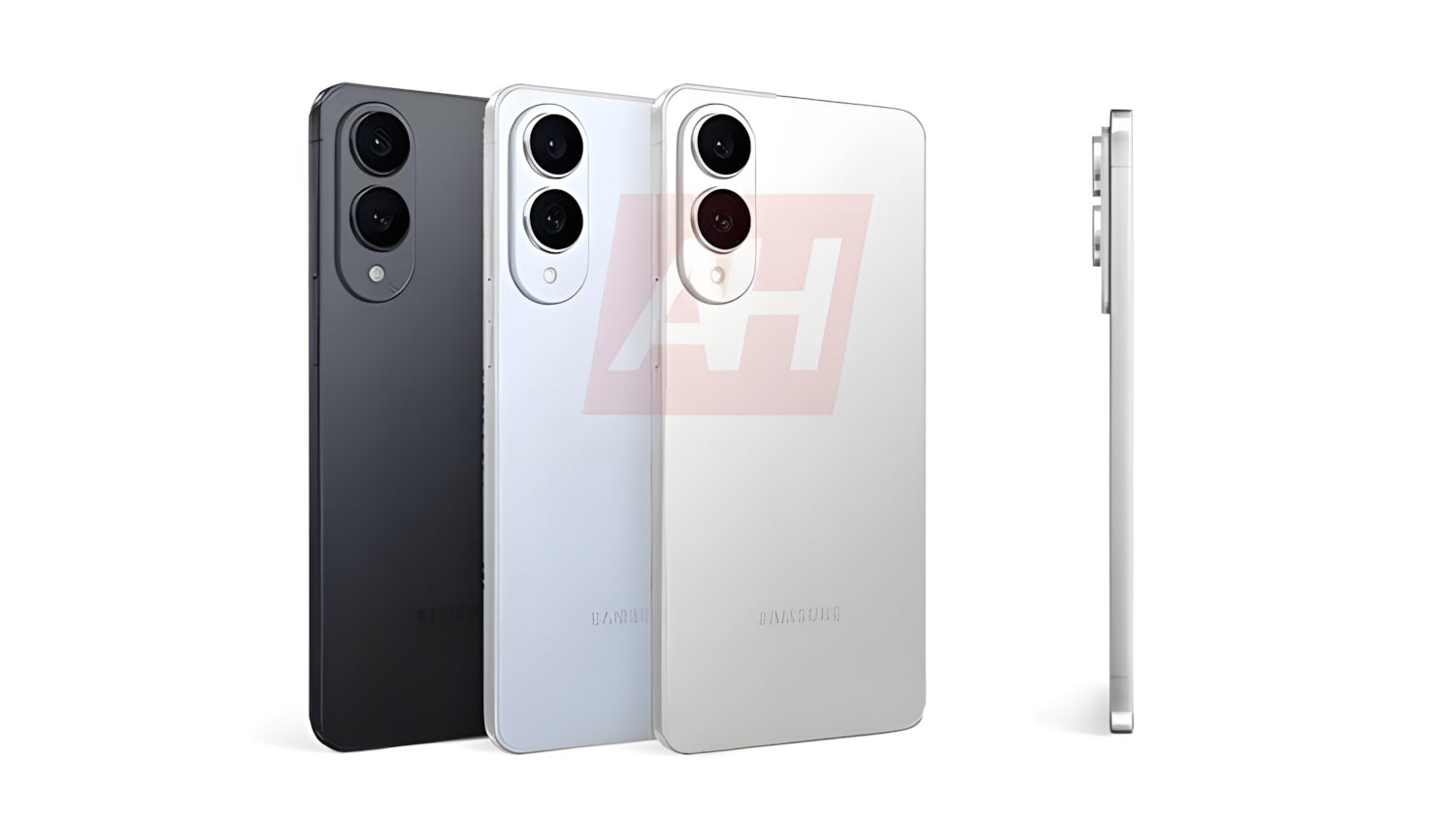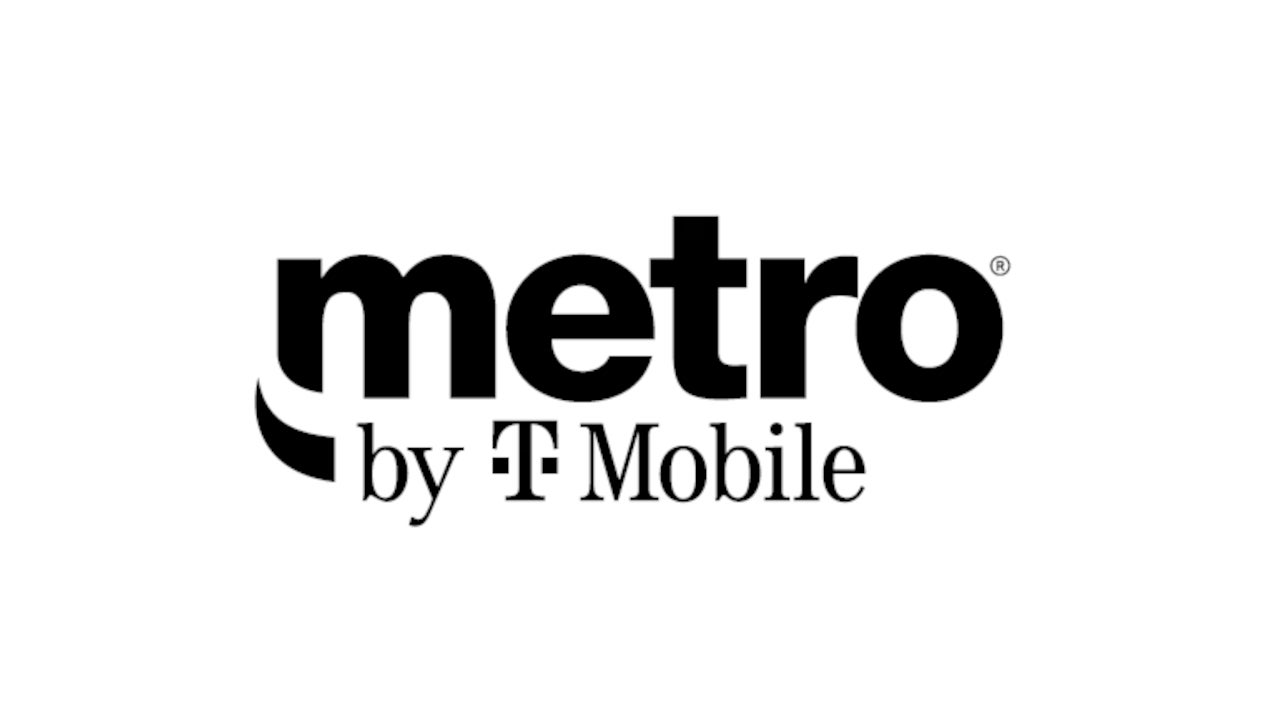Matthew Bernardini, CEO and Co-Founder of Zenapse – Interview Series
Matthew Bernardini is the CEO and Co-Founder of Zenapse, where he leads the company’s vision and oversees the development of its proprietary AI foundation model into category-leading products. With a background as a product marketer, data strategist, and technologist, he brings a blend of entrepreneurial experience—having achieved four successful exits—and corporate expertise from organizations such […] The post Matthew Bernardini, CEO and Co-Founder of Zenapse – Interview Series appeared first on Unite.AI.


Matthew Bernardini is the CEO and Co-Founder of Zenapse, where he leads the company’s vision and oversees the development of its proprietary AI foundation model into category-leading products. With a background as a product marketer, data strategist, and technologist, he brings a blend of entrepreneurial experience—having achieved four successful exits—and corporate expertise from organizations such as JPMorgan Chase, Omnicom, and Capgemini.
Throughout his career, Bernardini has maintained a strong interest in artificial intelligence, psychology, consumer behavior, game theory, and statistics, which continue to inform his leadership at Zenapse.
Zenapse is an AI-driven platform that boosts customer acquisition, engagement, and retention through emotionally intelligent experiences. Powered by the world’s first Large Emotion Model (LEM), Zenapse uses psychographic insights and goal-based optimization to help brands connect more deeply with audiences. Fast to deploy and easy to use, it delivers measurable results in hours—not weeks—while reducing costs and increasing ROI.
Zenapse is built around the intersection of emotional intelligence and AI. What was the ‘aha’ moment that led to the creation of the Large Emotion Model (LEM)?
Zenapse has a veteran founding team with backgrounds in the product development, advertising, marketing, and customer experience spaces, with more than 100 years of combined experience at companies like Capgemini, Omnicom, and JP Morgan Chase. Over our careers, we’ve seen a new paradigm shift emerge for marketers, where AI has changed how we think about and engage with consumers.
In today's fast-paced digital landscape, customers expect personalized and resonant experiences across all touchpoints, but traditional marketing solutions lack the speed and insights needed for real-time decision-making and struggle to meet these expectations. Simultaneously, from product decisions to advertising campaigns, leaders struggle with the high cost of hiring multiple team members to complete this work.
To address this need, we’ve built the world’s first Large Emotion Model (LEM), which helps marketers increase revenue and sales by bringing emotional intelligence into their consumers’ experience. By orienting their communication towards what is of value and interest to consumers, rather than a single “brand-first” message, brands can create more meaningful interactions that lead to higher engagement, sales, retention, and customer acquisition.
How do you define a Large Emotion Model (LEM), and how does it differ technically and functionally from a traditional Large Language Model (LLM)?
Our Large Emotion Model (LEM) is a predictive AI engine powered by a dataset built on knowledge of more than 200 million consumers with 6 billion datapoints. Through AI-driven psychographic insights (i.e., beliefs, sentiments, and emotions), companies can understand what motivates their customers to convert – whether that’s the features or benefits of a product, special promotions and incentives, imagery or calls to action, then allowing them to prioritize the brand experience content to a consumer’s preference.
In contrast to our LEM, which focuses on emotion and behavior, large language models (LLMs) focus on text and functions related to natural language processing (NLP) without deeper insights into what different segments of audiences believe and value.
We’ve worked closely with Google, through their Google Startup and Google Cloud Marketplace programs, as well as Comcast Lift Labs, to ensure that our solution is enterprise-ready and meets the needs of the world’s most demanding marketers.
Why do you believe emotional intelligence is the “missing link” in most marketing AI platforms today?
The simple answer is that marketers have not been able to truly understand their customers because existing legacy technology focuses on demographics and behavior. We seamlessly integrate with tools from companies such as Adobe, Salesforce, and Google to deliver extraordinary results.
95% of consumer decisions are subconscious and driven by emotion. Yet, for decades, brands have used demographic (e.g., zip code, race, income) and behavioral data to inform marketing campaigns. While this type of data has its uses, most purchase decisions are driven by emotions, which these data points fail to capture. As a result, marketers struggle with limited accuracy and effectiveness, often resorting to generalized solutions.
Now, through our LEM, brands can tap into psychographic insights to build this full picture and increase sales and revenue. The proof of concept for emotional intelligence’s role in marketing lies in the numbers: we’re helping household-name brands increase conversion rates by 40-400% and engagement upwards of 80%.
What are the most common misconceptions you see around AI’s role in understanding human emotion?
One of the biggest misconceptions is that AI is here to replace marketers. At Zenapse, we’re taking a different approach – we’re helping marketers develop marketing and advertising with emotional intelligence and AI that helps them diversify their perspectives through the ability to connect and understand their customers on a deeper, more emotional level.
Traditional campaigns have often relied on lumping consumers into broad categories defined by demographics, like age, income, and zip code, which ignores the nuances of what humans truly care about. With our LEM, marketers can align campaigns around what matters most to each person.
Instead of guessing what might resonate, our platform helps marketers confidently create experiences that truly resonate because it’s built on a foundation of emotional intelligence. That’s not replacing the human touch – it’s making it stronger.
In your view, what separates hype from true innovation in the AI + EQ space right now?
We’re entering a new era of marketing that’s defined by emotionally intelligent experiences, not surface-level personalization.
Consumer behavior has changed dramatically. The majority of consumers now prefer personalized experiences – they expect brands to know what they care about. This presents an opportunity for brands to leverage AI in a way that creates deeper connections with their consumers.
The difference between hype and true innovation is the quality of data. Our LEM is built on knowledge of 300 million consumers and six billion real-time data points, which gives brands a comprehensive understanding of who their consumers are – something they couldn’t have done before now.
What types of psychographic signals and real-time data power the LEM, and how are these modeled into the Data Lake?
The psychographics behind our LEM are based on four pillars:
- Beliefs – we group beliefs into individual categories, including how they value things like money, knowledge, family, and belonging, among others
- Emotions – think about how you react after seeing an ad or promotion. Does it bring you joy or make you anxious?
- Activities – from gardening to gaming, we account for all different types of real-world and digital activities
- Behaviors – the events and actions a consumer performs in a company’s experiences, such as completing a form, watching a video, or making a purchase.
Consumers make buying decisions with their hearts as much as with their minds, so we know that addressing the emotional component is the key to unlocking real value across the entire customer lifecycle.
LEM is described as leveraging 6+ billion data points across 300M+ consumers. What safeguards and ethical considerations are in place to ensure privacy and transparency?
Privacy is the center of our product development. Our entire technology ecosystem is SOC2 compliant, and our dataset does not capture or retain any consumer personally identifiable information (PII). Our data is aggregated and anonymized. We also maintain clear internal policies and governance practices to ensure ethical use of AI in every step of development.
Can you walk us through the role of ZenCore, ZenInsight, and ZenVision in powering emotionally intelligent customer experiences?
ZenCore is our proprietary consumer psychographic model and the engine that powers our LEM. ZenInsight is the data foundation of emotionally intelligent experiences. ZenVision, in real time, translates these insights into predictions on which messaging or content will resonate with a given psychographic segment and provides actionable recommendations for marketers. Together, these tools form a full-stack solution for marketing with emotional intelligence.
How does Zenapse adapt emotional predictions across verticals like retail, telecom, and healthcare? Are there any surprising industry use cases?
We’re already working with companies like Comcast, Sam’s Club, Aeropostale, Bread Financial, Bayada Education and Action Karate to improve conversion rates of digital brand experiences by 40-400%. While the emotional drivers vary by vertical, the framework remains consistent: we decipher what matters to a given consumer and help brands align their experiences accordingly.
What’s your long-term vision for LEM—do you see it evolving beyond marketing into other domains like healthcare or education?
Right now, we’re focused on using AI to help marketers and advertisers better relate to their customers, and as our data continues to get better over time, so too will our LEM. We have recently extended the platform beyond websites to support CTV through our partnership with LG Ad Solutions and their innovation lab. Our goal is to extend our platform key consumer touchpoints by 2028 – video games, automobiles and connected homes to name a few.
How do you see emotionally intelligent AI reshaping the next decade of digital experiences?
The ability to deliver real-time, hyper-personalized experiences across all digital platforms is already more powerful than ever, creating new opportunities for partnerships. AI and emotional intelligence will continue to be adopted, and as these technologies and insights become increasingly sophisticated, they will be the driving force behind marketing efforts across all digital media.
Our team is working hard to stay ahead of this curve. We recently announced our partnership with LG Ad Solutions’ Innovation Labs to help CTV advertisers deliver emotionally intelligent experiences across LG’s ecosystem of 200 million smart TVs, and we’re working to bring our insights to other screens, like web, mobile, AVs, music, movies, connected cars, and more
We see the future of digital experiences being shaped by AI and emotional intelligence. Businesses that fail to adapt to this shift risk being left behind by competitors who are quicker to respond to the changes in consumer preferences and behaviors.
Thank you for the great interview, readers who wish to learn more should visit Zenapse.
The post Matthew Bernardini, CEO and Co-Founder of Zenapse – Interview Series appeared first on Unite.AI.








































































































































































![[The AI Show Episode 146]: Rise of “AI-First” Companies, AI Job Disruption, GPT-4o Update Gets Rolled Back, How Big Consulting Firms Use AI, and Meta AI App](https://www.marketingaiinstitute.com/hubfs/ep%20146%20cover.png)








































































































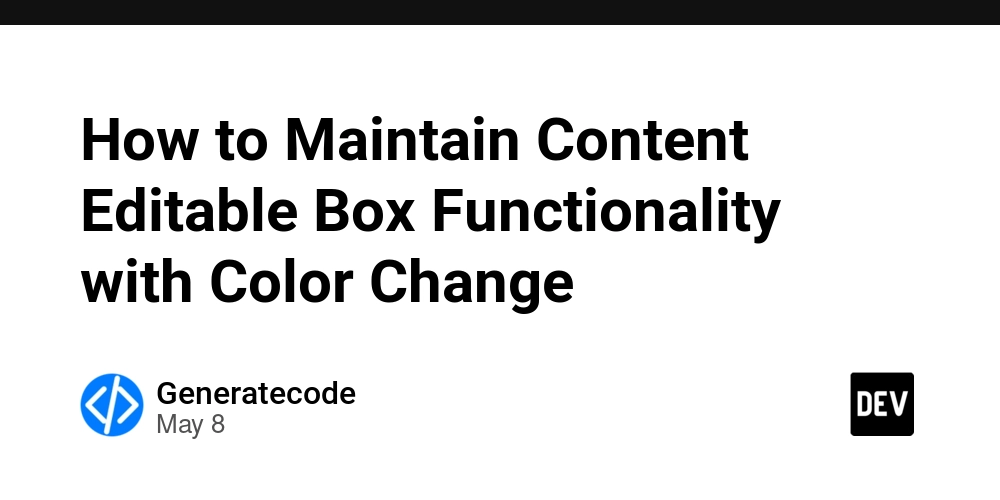
















![[DEALS] The Premium Python Programming PCEP Certification Prep Bundle (67% off) & Other Deals Up To 98% Off – Offers End Soon!](https://www.javacodegeeks.com/wp-content/uploads/2012/12/jcg-logo.jpg)















































































































































_Aleksey_Funtap_Alamy.jpg?width=1280&auto=webp&quality=80&disable=upscale#)
_Sergey_Tarasov_Alamy.jpg?width=1280&auto=webp&quality=80&disable=upscale#)

























































































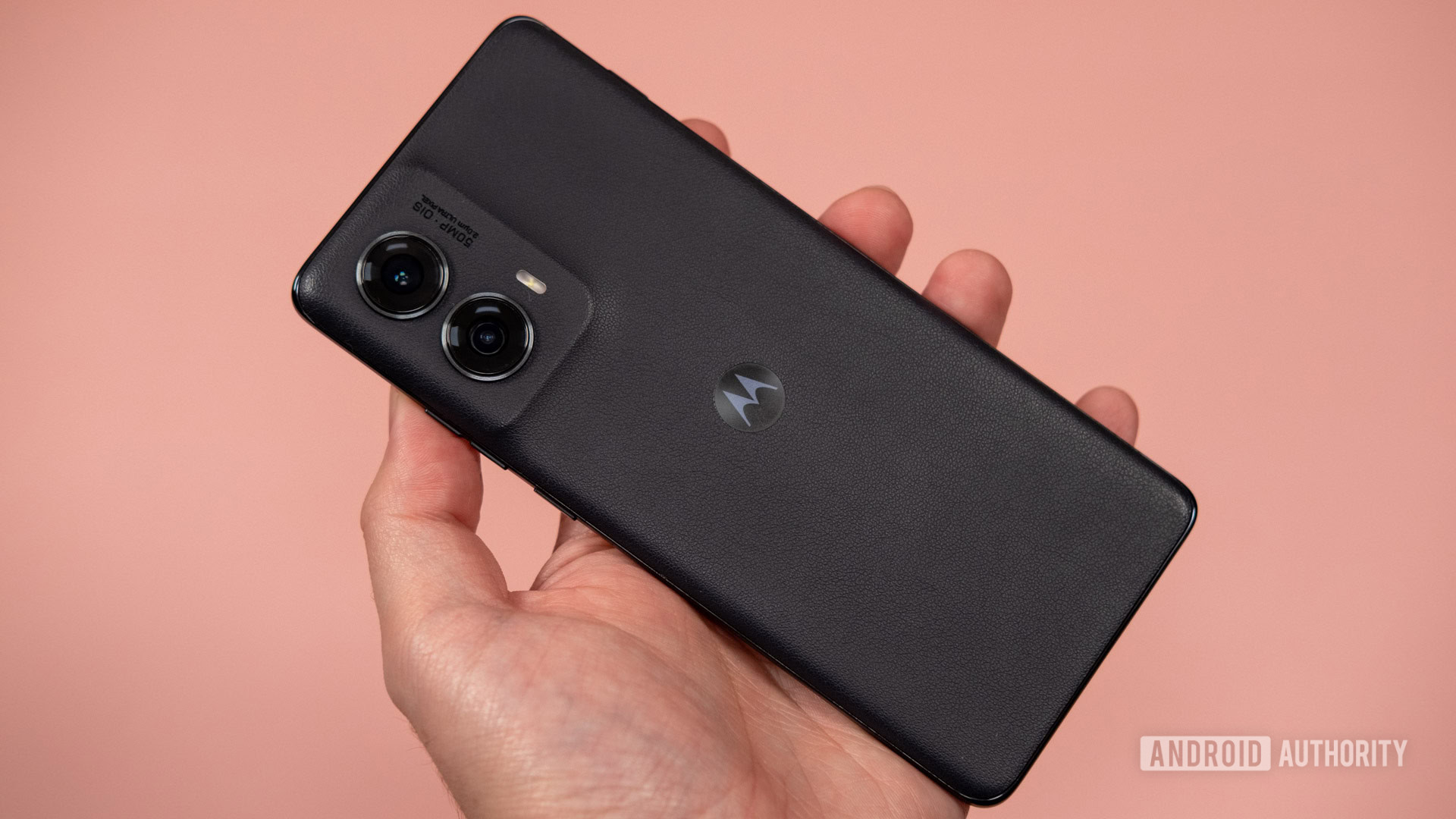



















![Apple Foldable iPhone to Feature New Display Tech, 19% Thinner Panel [Rumor]](https://www.iclarified.com/images/news/97271/97271/97271-640.jpg)
![Apple Developing New Chips for Smart Glasses, Macs, AI Servers [Report]](https://www.iclarified.com/images/news/97269/97269/97269-640.jpg)
![Apple Shares New Mother's Day Ad: 'A Gift for Mom' [Video]](https://www.iclarified.com/images/news/97267/97267/97267-640.jpg)
![Apple Shares Official Trailer for 'Stick' Starring Owen Wilson [Video]](https://www.iclarified.com/images/news/97264/97264/97264-640.jpg)


















